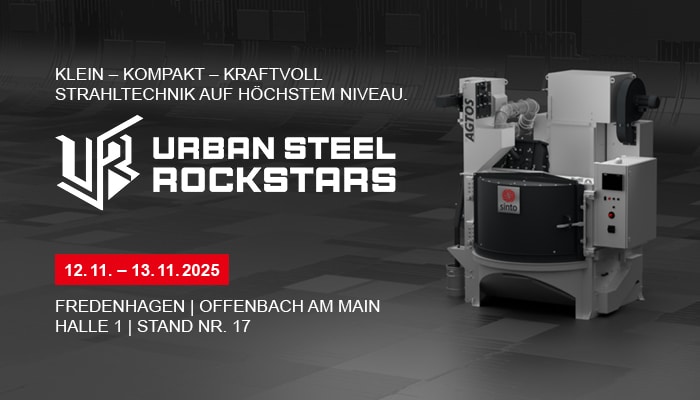Functionality and applications
of our blasting systems
The blast wheel process plays an essential role in blasting technology. Here we explain the functions of our blasting systems and the applications for which they are suitable. Find out more about the different machine types, which blasting media are suitable for which application and how blasting systems work technically. The guide ensures that you understand the blasting techniques and can use this knowledge to decide on a suitable system that meets your requirements.
The blasting techniques at a glance
There are basically three different blasting processes. To ensure that the system suits your needs, you need to differentiate between compressed air blasting, sand blasting and wheel blasting. You can find out what blasting systems do with the abrasive you use and what effect you achieve with them here in the guide to blasting techniques with a blasting system and their function. What effects sandblasting produces, biem The results achieved with compressed air blasting and wheel blasting are questions that concern many of our customers. In this article, you will learn about the individual techniques in detail and find out which blasting technique is best suited to you and your intended use of the blasting system based on its effect.
Information on the blasting system, function and other topics
If you would like to find out more about the various techniques and functions of a blasting system, our offers and your options, simply contact us via the website or by telephone. We would be happy to offer you a personal consultation or provide you with brief and precise information about your request online and by telephone.











